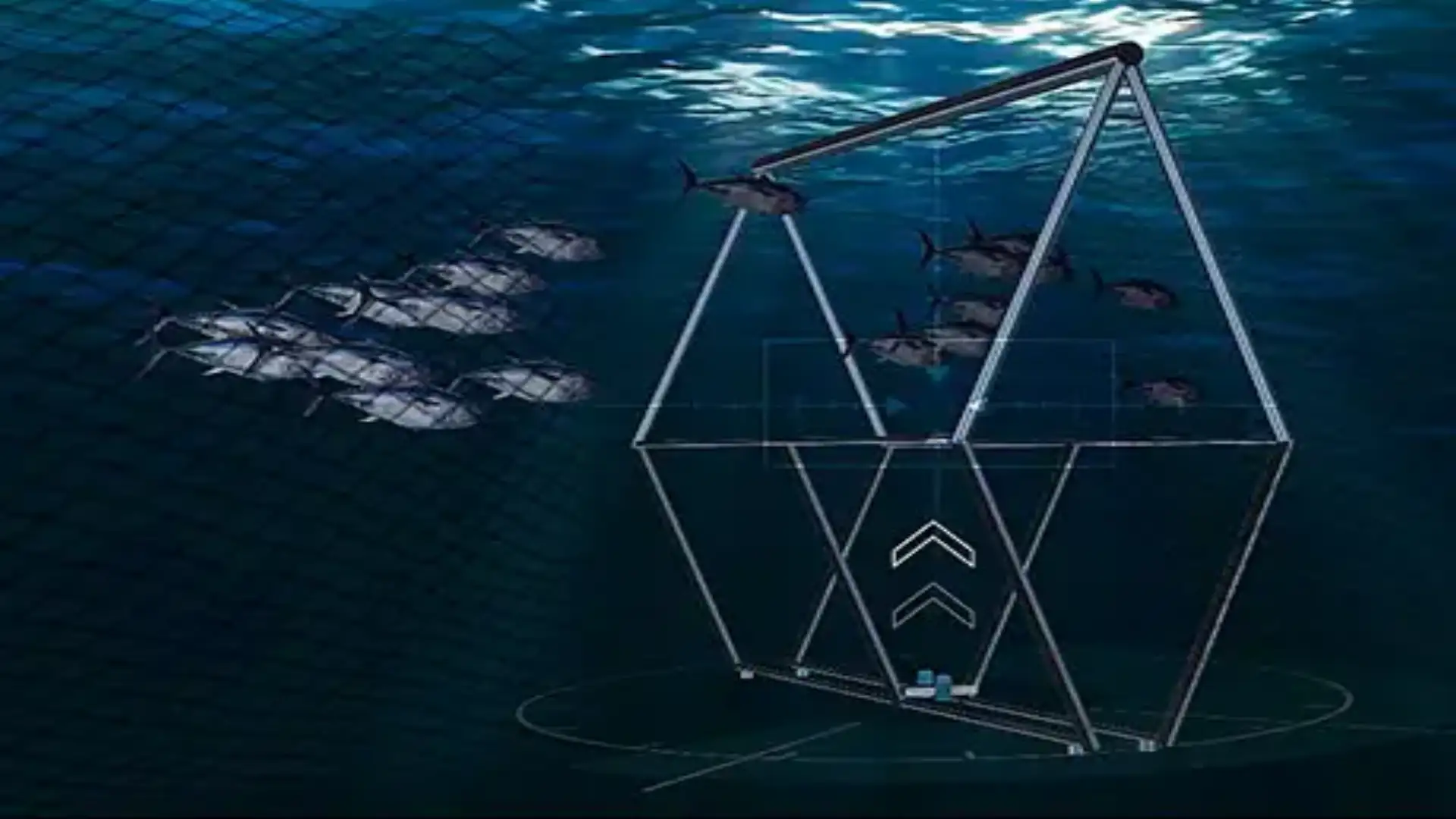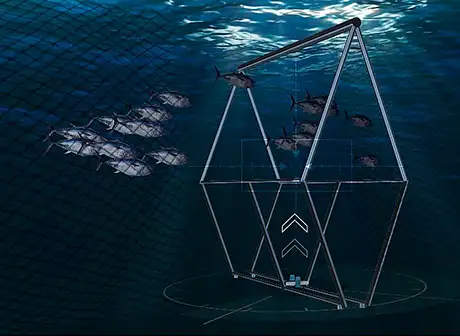
University of Valencia and IEO develop bluefin tuna protection systems
University of Valencia and IEO develop bluefin tuna protection systems

The results obtained can make an important contribution to the recovery of the populations and to the sustainability of the fishing of this emblematic species that has been feeding the Mediterranean populations for millennia
Researchers at the Universidad Politécnica de Valencia (UPV) and the Spanish Institute of Oceanography (IEO) design an automatic counting system to estimate the number and weight of the red tuna caught by the fishing fleet. This system, which applies the latest technologies in acoustics and 3D images, reduces the error margin of the counts by 20%. The latest technologies serve the sustainability of marine species. The system, designed under the European BIACOP project, has reduced the biomass error margin of the current fishing quota estimation systems established by the International Commission for the Conservation of Atlantic Tuna (ICCAT) by 20%. The development combines sound measurement systems for counting and stereoscopic vision to obtain 3D measurements from tuna.
According to the team of researchers:"There is the transfer of tuna from some cages to others. Each company has assigned a number of ships and, each ship, a number of tuna that can fish. The idea is that only the quantity of bluefin tuna authorised is caught and transferred to the cages of fattening..." So far, the tuna count during the transfer from the fencing cages to the fattening cages was done by an operator with a basic software and manually..."this made the margin of error higher and that they occurred over or under-estimates on many occasions, especially because the images also reported low visibility situations for the operator."
The BIACOP project developed a biomass measurement system for transfers between bluefin tuna cages using acoustic and optical techniques. It is based on a synchronized system of video cameras and scientific ultrasound. The project was coordinated by the director of the Murcia Oceanographic Centre of the IEO Fernando de la Gandara and funded by the European Union's Fisheries Control Programme.
To carry out the measurements, an installation has been built with materials similar to those of the marine farms, which was installed between the two cages. During the tuna transfer, the stereoscopic camera measurement system developed by the Ai2-UPV Institute filmed fish, reporting 3D measures of stalks; and an acoustic curtain system based on a scientific ultrasound and an ultrasonic transducer, designed by IGIC personnel, collected information on fish echoes in turn, facilitating counting. With the results obtained, software was developed which, by combining acoustic and vision data, resulted in a 95% margin of success and much more precise biomass estimates than those obtained with traditional measurements.
© 2024 Nautica Digital Europe - www.nauticadigital.eu











